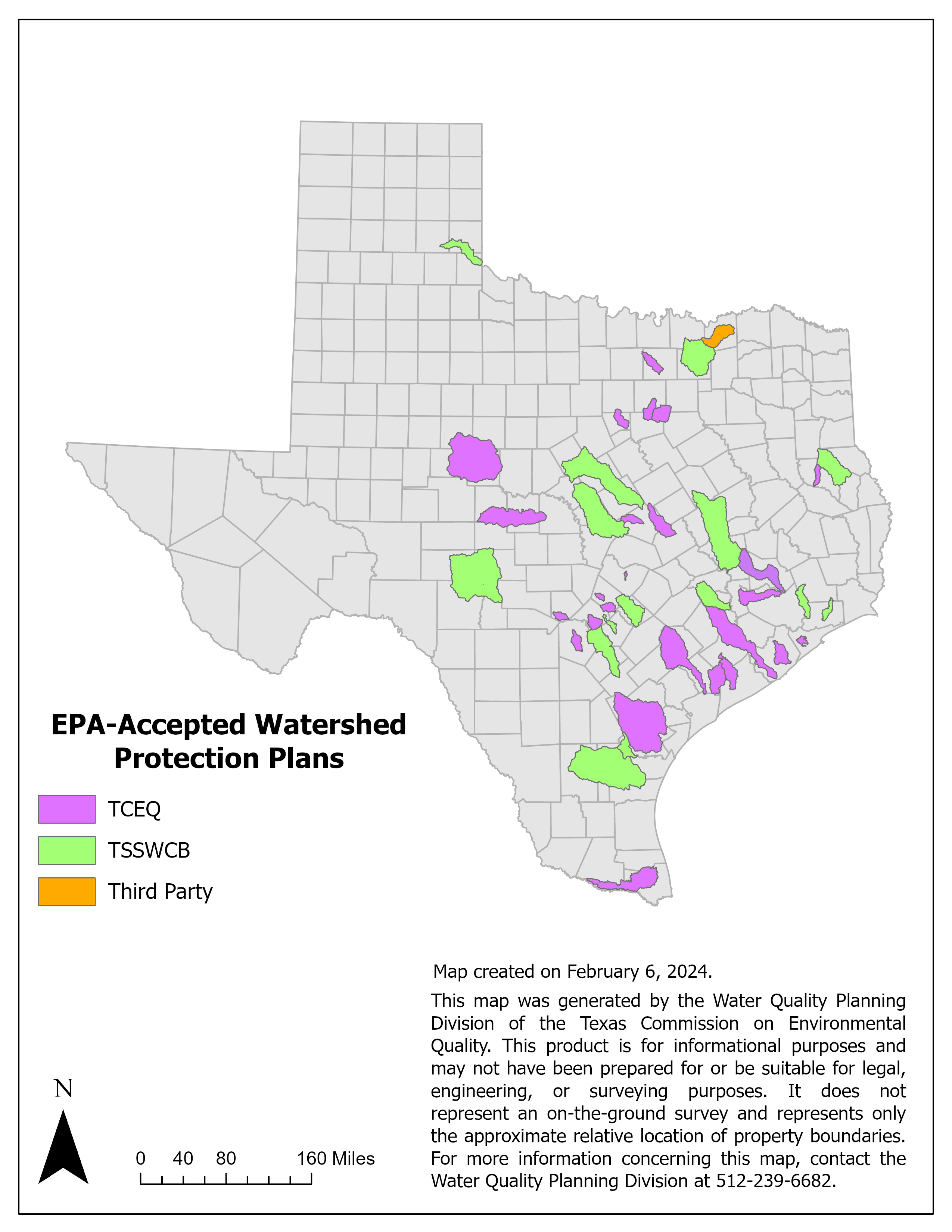Urban Riparian and Stream Restoration Training and Demonstration
Texas Water Resources Institute is providing various professionals with training on restoring streams and riparian areas in major Texas urban centers and demonstrating restoration methods in eroding sections of creeks.

On this page:
Project Area
Location: Statewide
Background
One strategy to improve statewide water quality issues is to restore healthy riparian areas by revegetating or stabilizing them. Through several sequential projects with the Texas Commission on Environmental Quality, the Texas Water Resources Institute coordinates the Urban Riparian and Stream Restoration training program.
The program teaches participants to assess the functional status of streams and their riparian areas, and techniques to restore a stream to an enhanced level of function. Trainings are held in areas with U.S. Environmental Protection Agency accepted watershed protection plans. This includes large urban centers such as Dallas, Houston, Austin, San Antonio and smaller cities as well. The target audience for this program is engineering professionals, drainage districts, government employees, and water quality professionals.
Project Description
September 2017 – August 2023
In the first two projects, Texas Water Resources Institute developed education curriculum for the urban riparian and stream restoration trainings. Twenty-six workshops were held and reached 697 environmental professionals.
Texas Water Resources Institute also established a stream restoration demonstration at the Irma Lewis Seguin Outdoor Learning Center in Seguin, where they revegetated sections of Geronimo Creek to reduce bank erosion and associated sediment entering the creek. Prior to restoration, the institute conducted water quality monitoring to establish baseline data including:
- stream bank recession rate
- bedload (the amount of sediment pushed along a streambed)
- suspended sediment rates
- bank erosion hazard index
Texas Water Resources Institute compared pre- and post-project stream status to assess the effectiveness of revegetation in reducing pollution and erosion. In addition to pre-project monitoring assessments, project staff compared the restored portion of the stream to a section of the stream that was not revegetated.
September 2024 – August 2027
In the third project, Texas Water Resources Institute will establish a new restoration site on Wolf Pen Creek in the Navasota River watershed, located in College Station. The team will develop a new management strategy with the property’s operators to establish a no-mow area to promote revegetation of the riparian zone and will conduct one native planting event to accelerate the revegetation process. Texas Water Resources Institute will monitor erosion in the new riparian management zone using erosion pins and compare the results to a section of the stream that has no active management.
Texas Water Resources Institute will update their training curriculum and hold urban riparian and stream restoration trainings across Texas.
For More Information
Urban Riparian Stream Restoration Program webpage
To find out more about the NPS Program, call 512-239-6682 or email us at nps@tceq.texas.gov.

 Back to top
Back to top